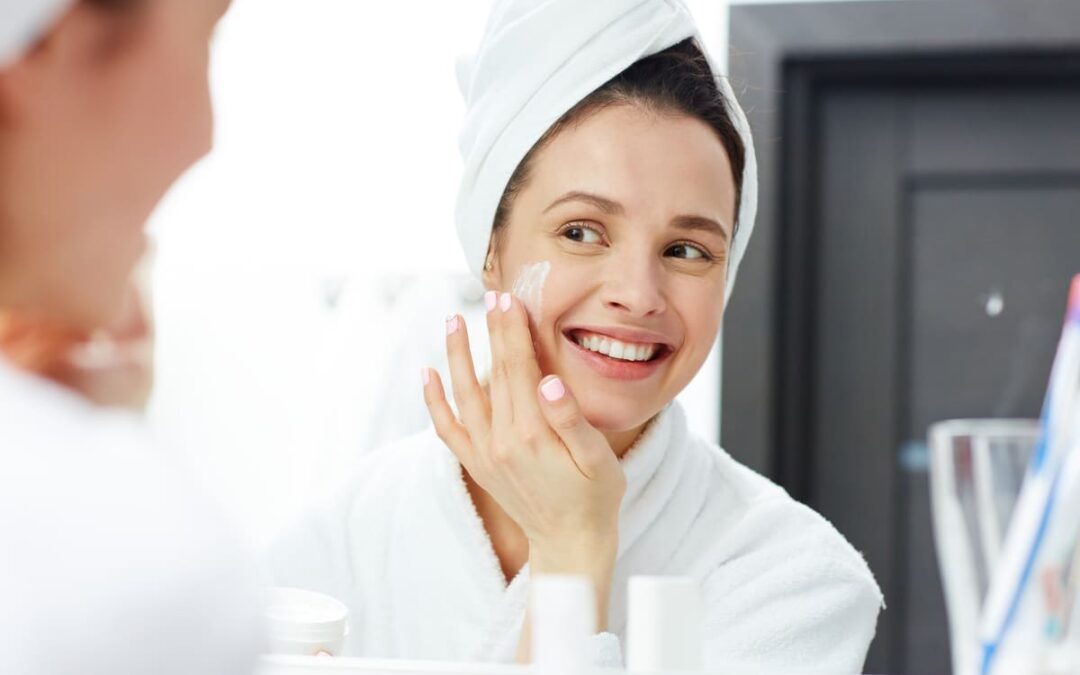When researching information regarding anti-aging solutions for facial wrinkles, you are likely to see references to two products: Tretinoin and Retinol. The two are commonly used and belong to the same class of chemical compounds, although they exhibit differing strength levels. Both products fall into the category of “retinoids” intended to “turnover” skin cells, stimulate collagen production, and reduce discoloration.
Note that tretinoin is sometimes referred to as Retin-A and, as a result, is often confused with retinol. But the products have very different strengths, are administered in specific circumstances, and can have notably different side effects.
How Do These Applications Work to Improve Facial Appearance?
While possessing different levels of strength, retinol and tretinoin stimulate the “turnover” or replacement of skin cells by exfoliating the top layers to reveal newer and smoother skin beneath. They both encourage the production of collagen and elasticity to yield a more youthful appearance. These will also reduce discoloration from sunspots.
Retinol
Retinol is considered the less aggressive of the two substances, readily available over the counter from a drugstore, aesthetician, or dermatologist. The product is a better solution for those with sensitive skin and is often used by cosmetic dermatologists to address fine lines and wrinkles.
The dermatologists at Napa Solano Plastic Surgery recommend implementing retinol applications by starting slow, with the lowest concentration once a week, two times a week, every other day, then daily as tolerated. Applications remove the existing skin cells that are replaced by new ones that generate a fresher, restored appearance. Side effects are usually minimal with this product.
This is currently not FDA regulated.
Tretinoin
Tretinoin is 20 times more potent than retinol. Available only by prescription, tretinoin may have some significant side effects, including skin redness, dryness, peeling, stinging, and sun sensitivity. Because of the products’ aggressiveness, users are advised to interrupt daily applications for a day or two when peeling and redness become excessive. Or users may dilute the tretinoin by mixing it with a regular skin moisturizer. They also should be sure to wear sunblock with the use of tretinoin.
Tretinoin currently is FDA-approved.
Which Product is Better?
Since no single approach is suitable for everyone, consulting an experienced dermatologist is the best first step. The less aggressive choice, retinol, is better for those with very dry or sensitive skin.
While either product can be effective for improving lines and wrinkles, more severe cases of acne are best treated with doctor-prescribed tretinoin.
Always begin slowly with either product and pay close attention to any side effects that may occur. Make sure to continue using moisturizer at all times.
And always wear sunscreen with either product, as the products will soon reveal a new, fresh skin layer that the sun’s harmful rays can damage.
Consult with Experts
The professional, licensed dermatologists, aestheticians, and trained staff at Napa Solano Plastic Surgery and Medispa are eager to assist with any skin or appearance-related issues you may be experiencing.
To learn more about Napa Solano Plastic Surgery’s procedures and reviews or to schedule a professional and private consultation, visit the clinic’s website.
Or you may phone Napa Solano Plastic Surgery at (707)-258-6053.





